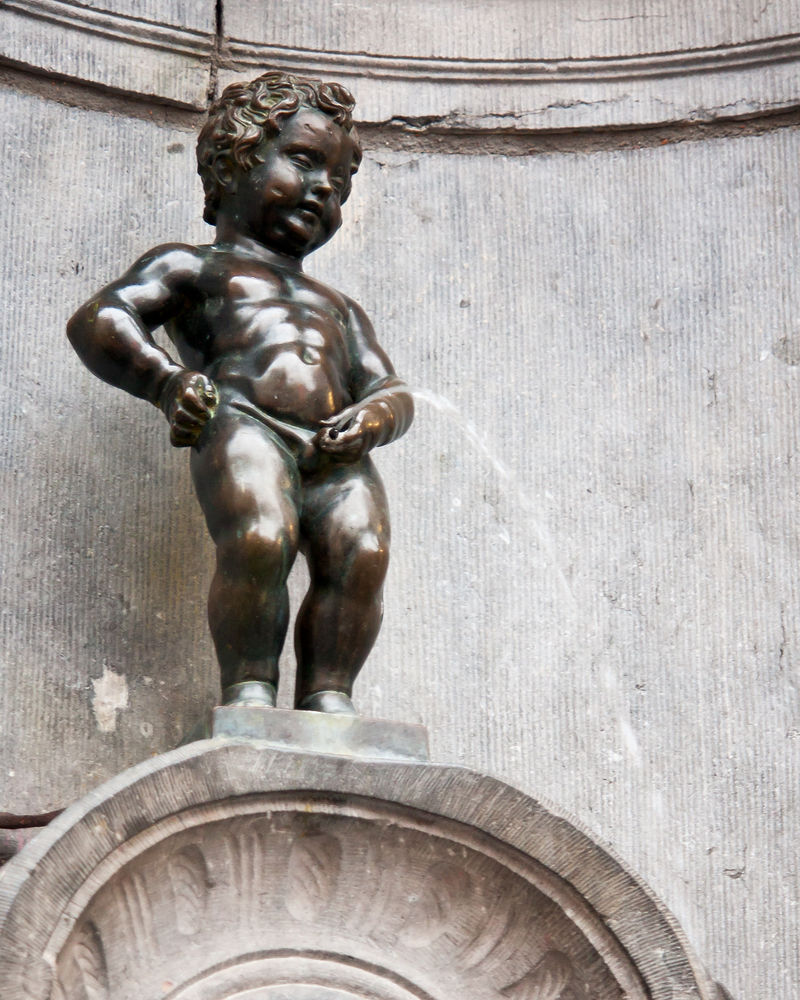Running in Brussels : Europe's Washington
- lauregicquel
- Aug 2, 2021
- 4 min read
As the seat of most European institutions and the capital of Belgium, Brussels is a real geographical and political crossroads of the continent. When you go running in Brussels, you will discover a city with a fascinating architecture, marked by an eventful history.

"The City Hall of Brussels is a jewel comparable to the spire of Chartres; a dazzling poet's fantasy that fell from the head of an architect. And then, the square that surrounds it is a marvel", declared Victor Hugo in a letter to his wife. The famous French poet and writer knew something of this: he spent nineteen years in exile in the Belgian capital!
Brussels, whose complex history is linked to its position as a European crossroads, celebrated its official millennium in 1979. Yet, there are megalithic remains as well as ancient Roman roads and villas. Its name originally meant "castle of the marshes". However, since the vaulting of the Senne in 1871, the marshes that surrounded it have disappeared. Walking in Brussels is therefore a pleasant exercise, whether in its many green spaces or in its historic center.
The suburban areas are not to be outdone. Indeed, the capital is huge, and each of the districts on its outskirts has its own attractions. One can imagine it as a set of Russian dolls: the Pentagon, or Brussels-Centre, is part of Brussels-City, which itself is embedded in the city-region of Brussels-Capital.
In the heart of the Pentagon: Brussels-Centre
The Pentagon is surrounded by the "petite ceinture", a series of large boulevards located on the line of the old city walls. This historic center corresponds to what the city was like in the 19th century, before its sprawling extension encompassing the surrounding towns.

During your run, you will discover the magnificent Palace of Justice, the gigantic Basilica of the Sacred Heart, or the alleyway housing the famous Manneken Pis fountain.
You will also cross the Grand-Place, a major historical place since the Middle Ages. Destroyed during the French Revolution, it was completely restored at the end of the 19th century and is renowned worldwide for its ornamental wealth. You can admire the City Hall, built in the 15th century, and its gothic spire surmounted by a statue of Saint Michael, patron saint of Brussels.
Or the King's House, a building that housed, in the 15th century, the administrative services of the Duchy of Brabant. Rebuilt at the end of the 19th century because it was badly damaged, it now houses the city museum. The houses of the Grand-Place all have a name, and a rich history, that you can discover during your walk. In this touristic area you will also find many stores. If the people of Brussels are nicknamed "Kiekefretter" - chicken eaters - you will find many other types of street food. Some famous chocolate shops offer sweets, not to mention the many Brussels waffle sellers, which could liven up the end of your run!
Between the Cinquantenaire and the Royal Park: Brussels the green
There are more green things than just sprouts in Brussels! It is one of the greenest capitals in Europe.

The Cinquantenaire Park, for example, is built around a three-arched city gate. Surrounded by many museums, it regularly hosts sporting events, such as the start and finish of the Brussels 20 km race.
Running there will allow you to admire the palaces of the Cinquantenaire, but also the Great Mosque or the Pavilion of Human Passions.

To the south, the Bois de la Cambre offers you its wide English-style paths and the perimeter of its pond. Every year in the spring, you can attend the "24 heures vélo du bois de la Cambre", the most important annual gathering of guides and scouts in Belgium.
In the heart of Brussels stands its eponymous park, dotted with sculptures inspired by Greco-Roman mythology. Further north, in Laeken, you can walk through the Royal Park, which houses the castle where the sovereign resides. In Laeken you will also find the Annie Cordy Park, in honor of the singer whose hometown it was.
From the Atomium to the European institutions: modern Brussels
As long as you are in Laeken, why not visit the Atomium?
Or simply, during your during your walk, contemplate this emblematic monument of the city. Built for the 1958 World's Fair, which was held on the Heysel plateau, it represents the conventional mesh of iron crystal.

Like the Eiffel Tower, it was a technical feat that was not destined to survive the Exposition. Its popularity caused its destruction to be postponed year after year... until it needed to be renovated and underwent a massive rehabilitation, becoming a museum.
Finally, Brussels is known internationally as the seat of most of the European Union's institutions. Although many consider it the de facto political capital of Europe, this is not official. Around the rue de la Loi - an explicit name - you will find the main European institutions.

In the area that surrounds the Cinquantenaire Park, during your visit in the European quarter, you will also find the most important Belgian ministries. Together with the Belgian Parliament, these occupy the oldest part of the site, which dates back to the 18th century.
The city has been modernized several times. At the time of the gold rush, a district made up of dark and narrow streets, the "gang", was completely destroyed. The dislodged inhabitants emigrated - willingly or not - to America. Most of them ended up in Chicago, penniless. Badly seen by the local population, they quickly earned the name of... gangsters! Yet, today, Brussels is 24th on the list of the safest cities in the world.
Run with Runnin'City through Brussels and discover its secrets !



In Bloodmoney, you become a skilled assassin fighting through chaos, danger, and deceit to earn wealth and survive another day.